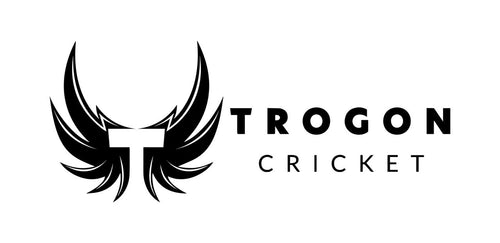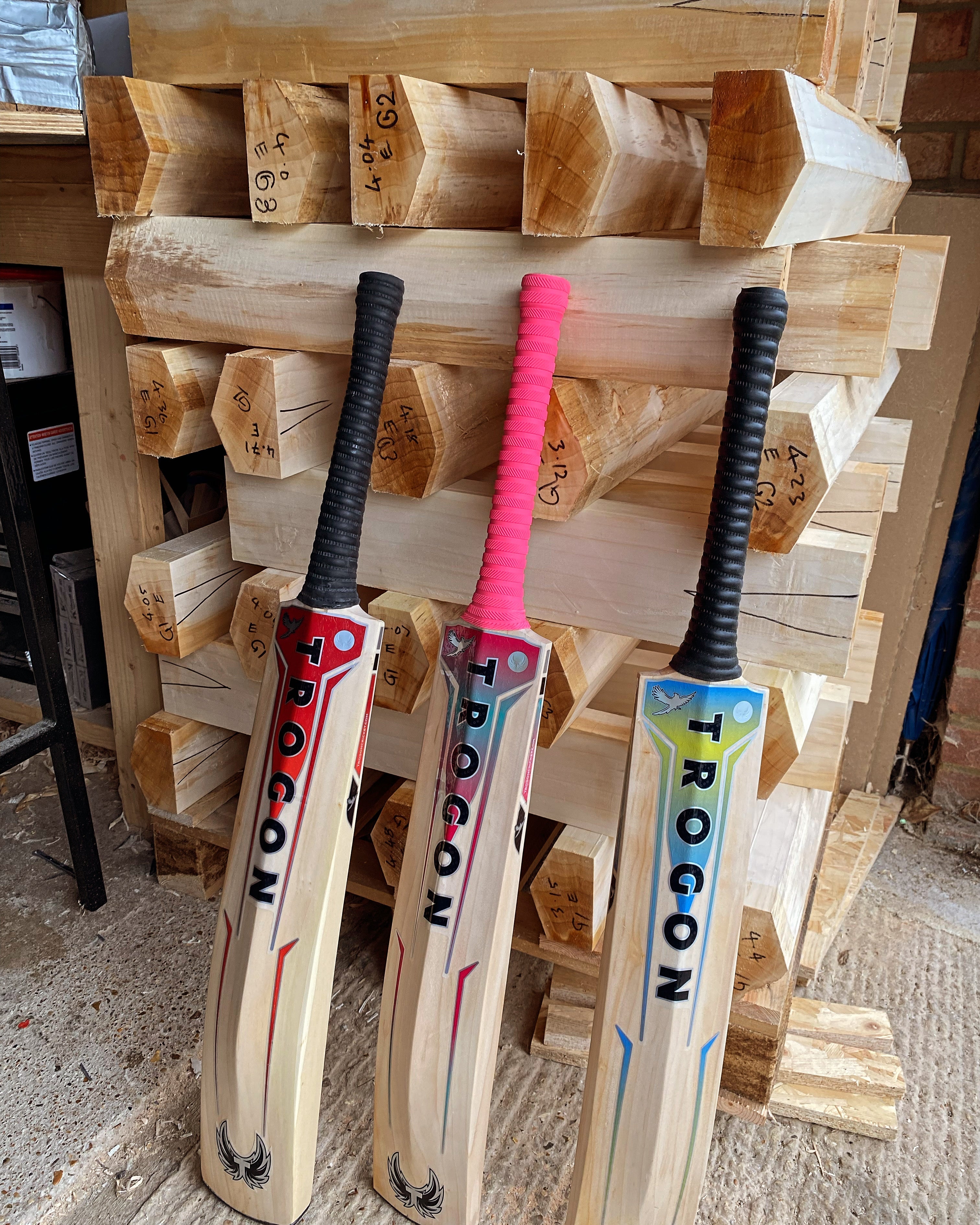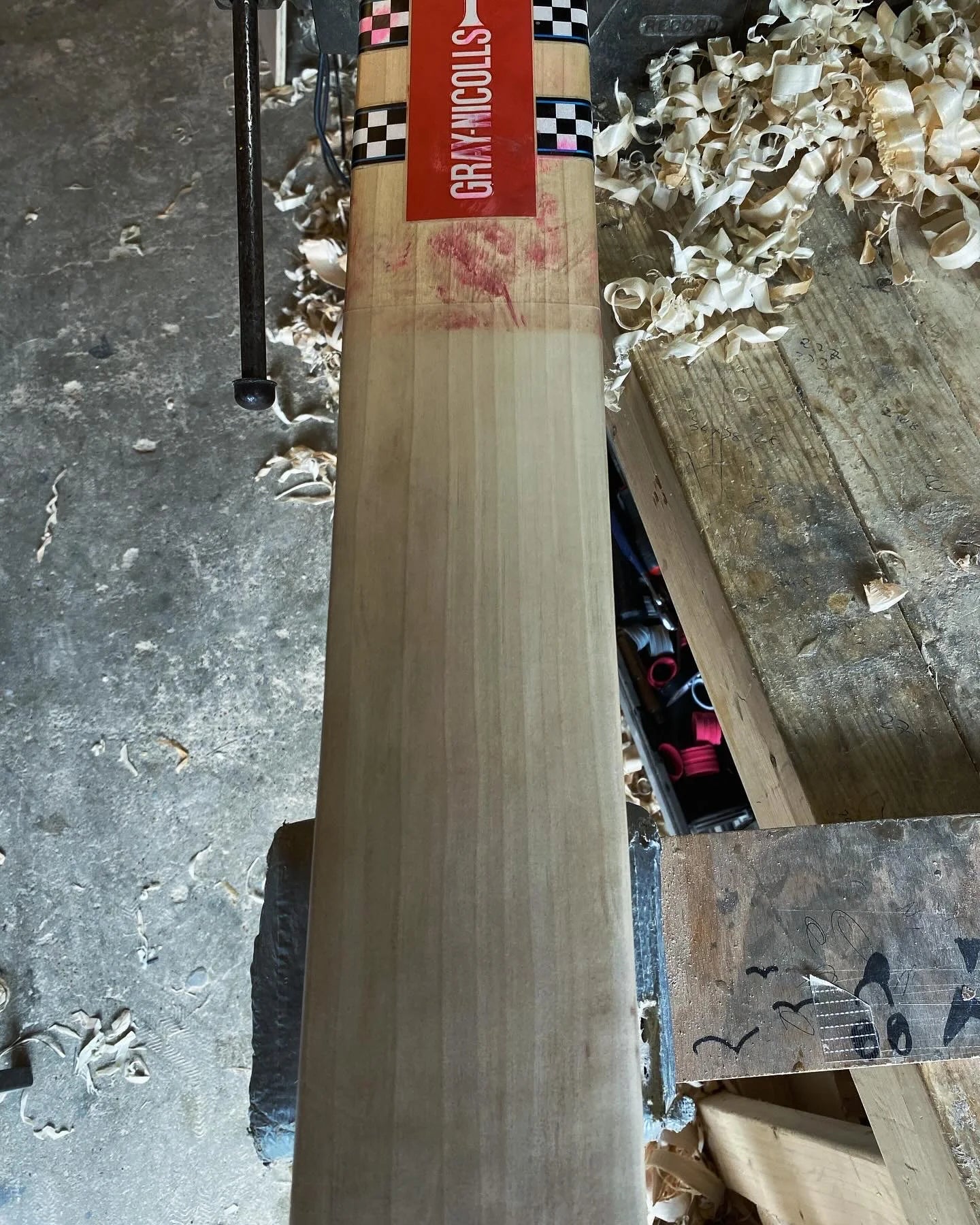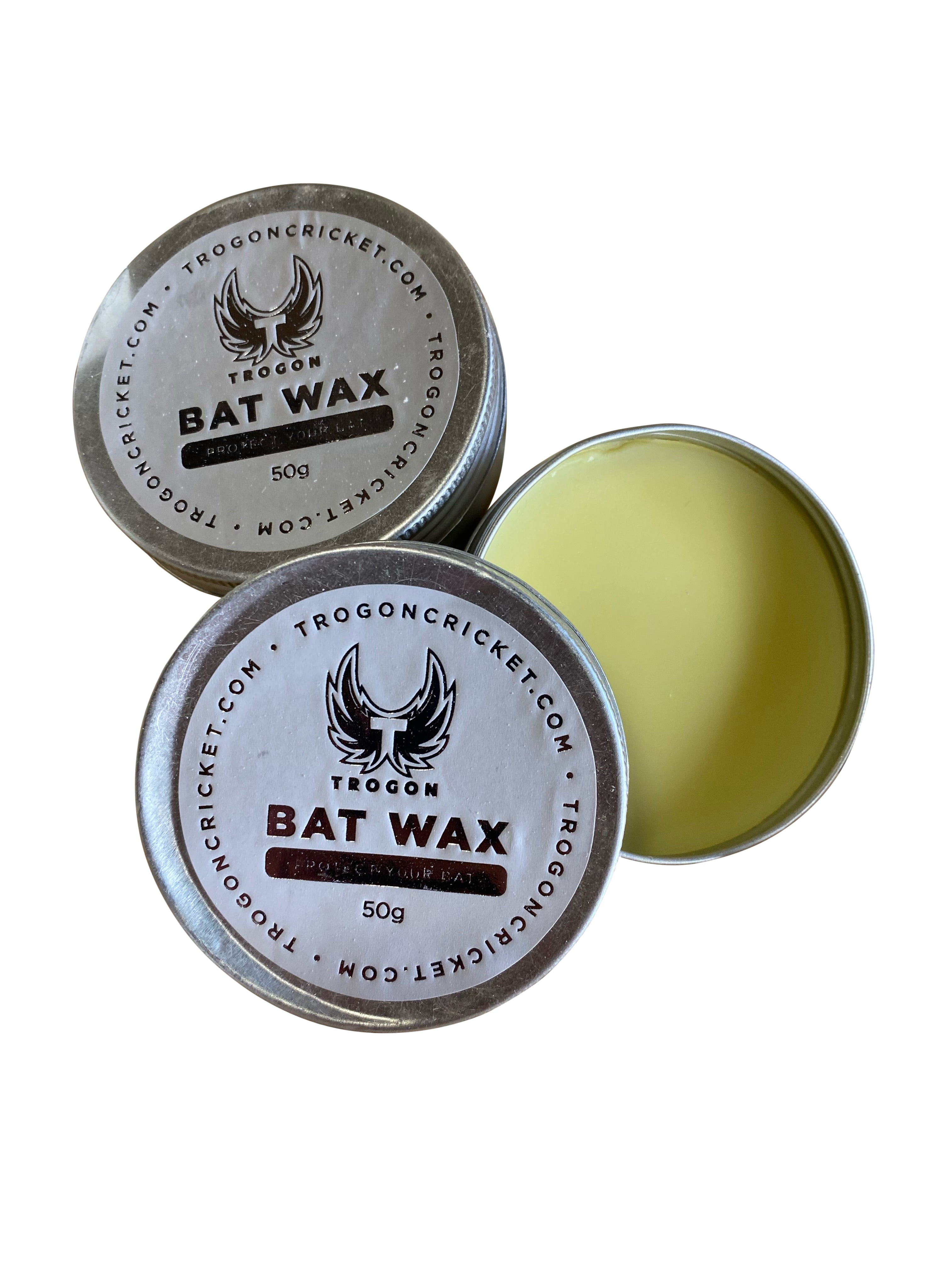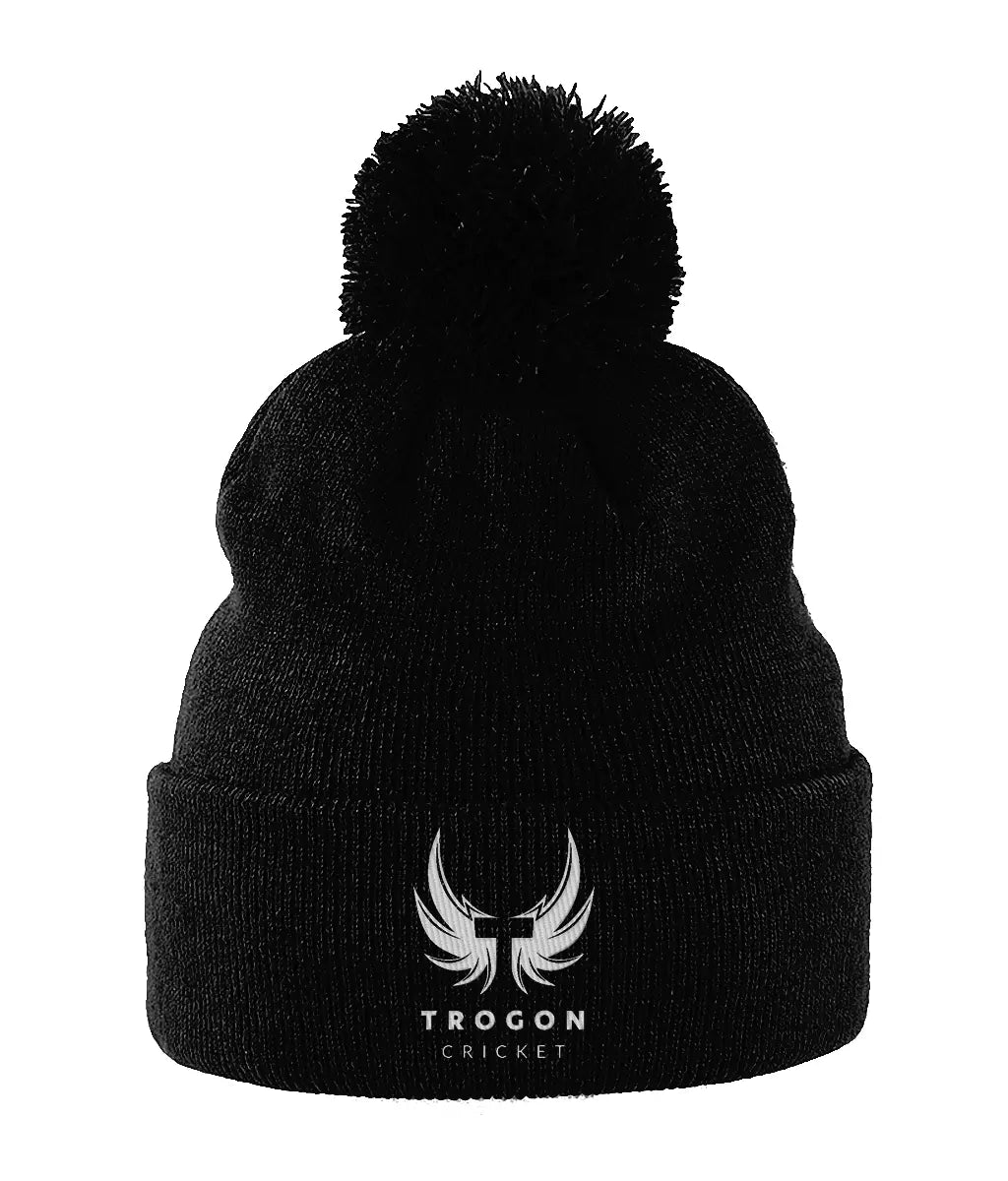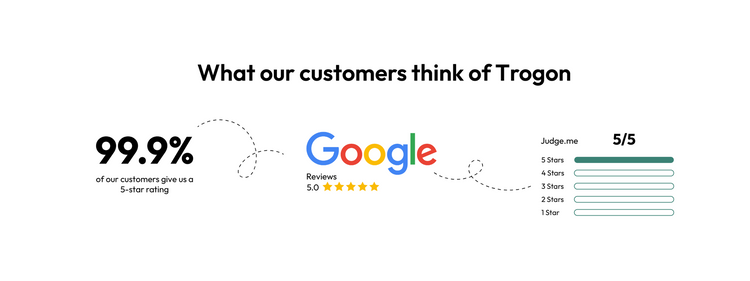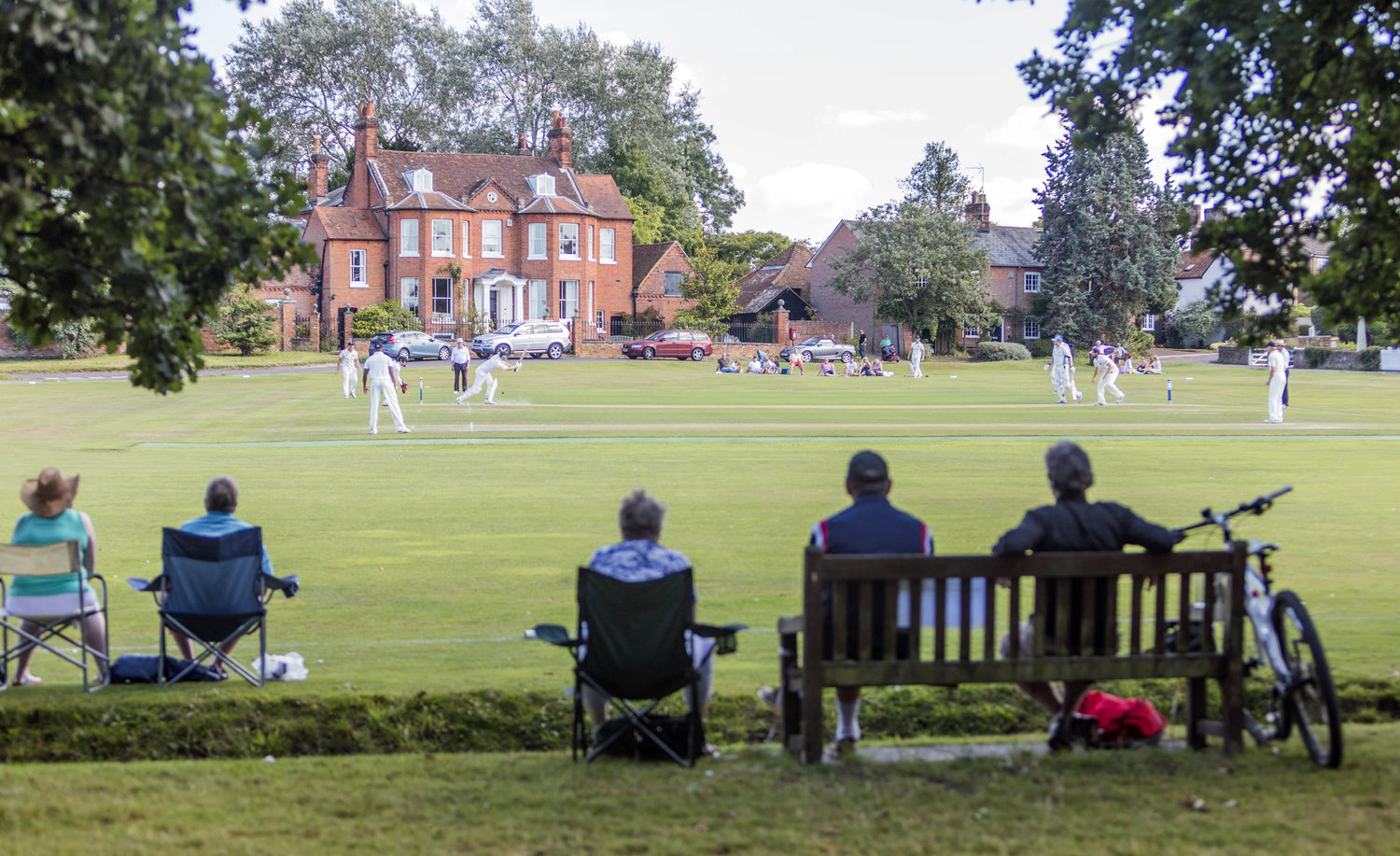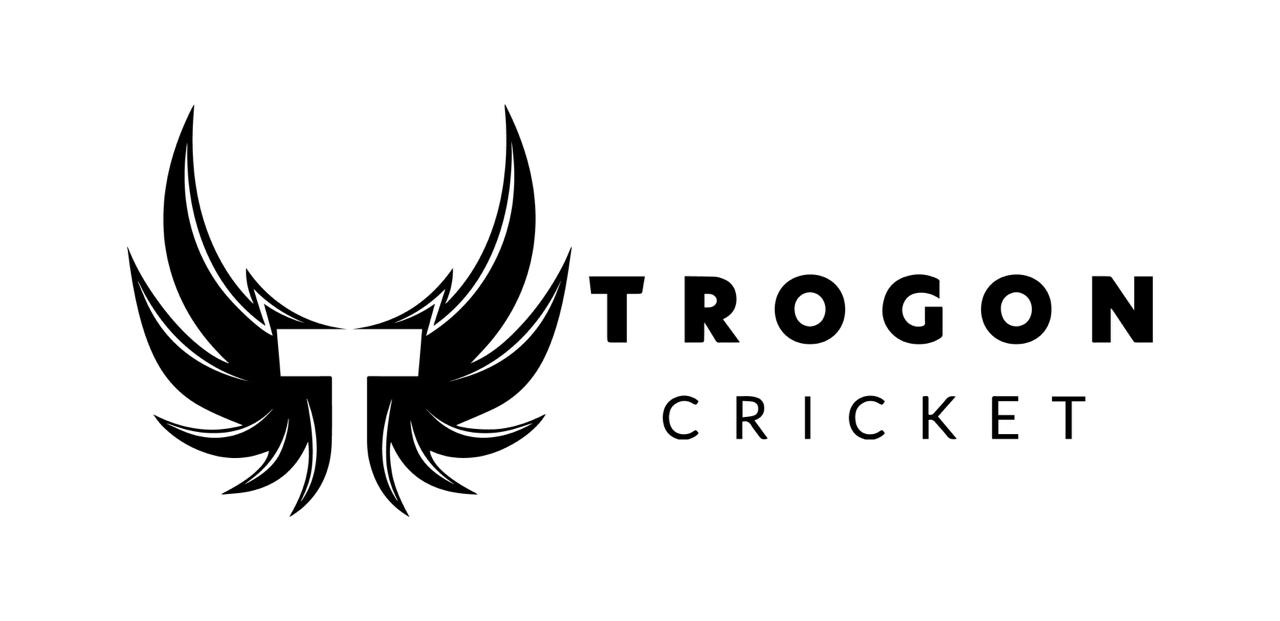The cricket bat, an essential tool for any batter, comes in two primary forms: the mass-produced cricket bat and the hand-made cricket bat.
While both types serve the same purpose, their manufacturing processes and resulting quality can be quite different.
Before we delve into the blog post, what is the benefit of a custom-made cricket bat?
A custom-made cricket bat is tailored to a player's specific needs, offering benefits like personalized design for comfort and style, superior materials for durability and performance, and expert craftsmanship ensuring optimal balance, weight distribution, and overall improved playability.
This blog post explores these differences, emphasizing the benefits of hand-made custom-made cricket bats, so let's jump straight in.
Mass-Produced Cricket Bats: An Overview
A mass-produced cricket bat is typically created using automated processes. Companies opt for mass production primarily to meet high demand efficiently and cost-effectively.
This method employs Computer Numerical Control (CNC) technology, which allows for precision and consistency in production but can't really be called hand-made from start to finish.
CNC in Cricket Bat Manufacturing
CNC, a method used in various manufacturing processes, involves the use of computer-controlled machines to shape and create products.
In cricket bat production, CNC machines handle multiple operations simultaneously, treating all clefts uniformly and shaping the wood into a rough form/shape.
This automation speeds up the manufacturing process but often at the expense of individual attention to each bat's unique characteristics.
The advantages of using a CNC machine really come from making a replica cricket bat, where by using the computer you can accurately rough cut the new cleft to the exact shape of another bat, this is certainly what we want to start using in time at Trogon.
The Issue with Mass-Produced Bat Pressing
Pressing is a crucial step in the manufacturing of a cricket bat, regardless of whether it is a mass-produced cricket bat or a hand-made cricket bat.
This process involves compressing the wood fibres to enhance the bat's strength, durability, and performance.
However, the method of pressing significantly differs between mass-produced and handmade bats, leading to notable differences in quality and performance.
I have written a full blog post about cricket bat pressing.
The Process of Bat Pressing
In bat pressing, a mechanical press is used to compress the wood fibres of the bat's blade.
This compression increases the bat's resilience and helps in creating the desired 'ping' or rebound effect when the ball strikes the bat. The pressing process also plays a vital role in preventing the wood from cracking or splitting when being used.

The above image shows me pressing a raw cleft. Water is added to the cleft to stop it cracking and then the pressing takes place.
Challenges in Mass-Produced Bat Pressing
- Lack of Individual Attention: In a mass production setting, each bat receives the same level of pressing, regardless of its unique wood characteristics. This one-size-fits-all approach can be detrimental, as each cleft of wood has its own grain structure and density that requires individual consideration.
- Inconsistency in Pressing: Automated pressing in mass production may not always apply uniform pressure across the bat's surface, leading to inconsistent performance and potential weak spots.
- Over-Pressing or Under-Pressing: Finding the perfect balance in pressing is key. Mass-produced bats often suffer from over-pressing, which makes the bat too hard and reduces its performance, or under-pressing, which can lead to a lack of durability and an increased risk of damage.
- Compromise on Wood Quality: Mass production often uses wood that may not be of the highest quality, which can be masked by uniform pressing. This can result in bats that perform well initially but deteriorate quickly over time.
The Importance of Customised Pressing
In contrast to mass production, hand-pressing each bat, as done by artisanal manufacturers like Trogon, allows for a much more nuanced approach.
Skilled craftsmen can adjust the pressure based on the wood's individual characteristics, ensuring that each bat is optimally pressed for the best combination of performance and durability.
- Adaptation to Wood Characteristics: Hand pressing allows the craftsman to consider the wood's grain pattern, density, and moisture content, tailoring the pressing process to each bat's specific needs.
- Quality Control: Each bat undergoes a thorough inspection during the hand-pressing process, ensuring that any defects or inconsistencies in the wood are identified and addressed.
- Enhanced Performance: Properly pressed bats offer a superior rebound effect (ping), making them more responsive and powerful. This level of control is difficult to achieve in a mass-production environment.
The Art of Bat Pressing at Trogon
At Trogon, we recognize the importance of this process and hand press each cleft individually. This personalized approach ensures that each cleft/bat is pressed to its ideal level, striking the right balance between durability and performance.
Custom Made Cricket Bats: A Definition
Unlike mass-produced cricket bats, which are manufactured in large quantities with a one-size-fits-all approach, custom-made bats are crafted to meet the specific needs and preferences of individual players.
Tailoring to Individual Preferences for a Custom-Made Cricket Bat
The process of creating a handmade cricket bat starts with understanding the player's style, preferences, and physical attributes.
This includes considerations such as the player's height, batting stance, stroke play, and even the type of pitches they commonly play on. Custom bat makers (like us at Trogon) take into account the player's feedback and requirements, ensuring that the final product is not just a piece of equipment, but an extension of the batsman themselves.
- Personalized Design: Every aspect of the bat, from the blade length and width to the handle type, is designed to suit the player's specific needs.
- Weight and Balance: Custom bats can be made lighter or heavier depending on the player's strength and batting style. The weight distribution is also tailored to enhance the bat's balance and feel in the player's hands.
Craftsmanship and Willow
Crafting a handmade cricket bat involves selecting the finest English Willow and employing traditional bat-making techniques.
Each piece of willow is carefully chosen based on its grain structure, weight, and potential to deliver optimal performance.
- Grain Selection: The number of grains and their alignment play a crucial role in the bat's performance. Custom bat makers select the willow based on these characteristics to match the player's playing style, but also understand the buyer's budgetary requirements.
- Attention to Detail: Every step of the manufacturing process, from shaping and pressing the cleft to finishing and polishing the bat, is carried out with meticulous attention to detail. This ensures a higher level of quality and performance than what is typically achievable in mass production.
Enhanced Performance and Durability with a Custom Made Cricket Bat
The combination of personalized design, the best willow, and expert craftsmanship results in a bat that not only performs better but also lasts longer. Custom bats are known for their superior ping, balance, and overall feel, making them a preferred choice for players at all levels.
- Customized Performance: Players can expect a bat that responds well to their specific batting techniques, allowing for greater control and power in their shots.
- Longevity: The quality of willow and craftsmanship ensures that custom bats withstand the rigours of intense play, maintaining their performance over time.
Advantages of Hand-Made Custom-Made Cricket Bats
Personalized Craftsmanship
- Tailored to Individual Needs: Each bat is made to fit the player's style, grip size, and playing habits.
- Attention to Detail: Artisans can focus on the finer aspects of the bat, such as weight distribution and handle comfort.
Quality English Willow
- Superior Wood Selection: At Trogon we have access to higher-grade willows, such as Grade 1, 2, and 3 English willow.
- Individual Wood Treatment: Each piece of wood is treated based on its unique characteristics, enhancing its performance and longevity.
Enhanced Performance
- Optimal Pressing: Hand pressing allows for precise control over the bat's hardness and rebound quality (ping).
- Better Balance and Feel: Custom bats often have a superior balance, making them easier to handle and maneuver.
Durability
- Long-lasting Construction: The careful crafting process results in a more durable bat that withstands regular use.
- Repair and Maintenance: Handmade bats are easier to repair, as their construction is less generic than mass-produced ones.
Unique Aesthetics
- Distinctive Look: Each handmade bat has its own unique appearance, adding a personal touch for the player.
Conclusion
At Trogon Cricket, we specialize in creating hand-made custom-made cricket bats that cater to all shapes, sizes, and weights, with full customization to meet the batter's personal requirements.
Our extensive selection of Grade 1, Grade 2, and Grade 3 clefts English willow, combined with a price point for every budget, ensures that every player can own a bat that truly enhances their game.
Buying With Confidence from Trogon
If you've reached this point, I sincerely thank you for reading it all through. Your interest and support mean the world to me, and it's greatly appreciated.
Whether you're here to learn more about our cricket bats or other products or just out of curiosity, your engagement makes a real difference. Thank you for being part of our Trogon journey.

Trogon Product Guarantee
6-month guarantee on all cricket bats. That means if you purchase a bat through us and it breaks, as long as it has been knocked in properly, we will replace it like for like. This is our commitment to you on top of your statutory protections when buying products online.
Click on the below links and see our beautiful collection of Adult and Junior handmade cricket bats.
